Home>Storage Ideas>Kitchen Storage>The First Thing To Clean In A Kitchen: According To Cleaners
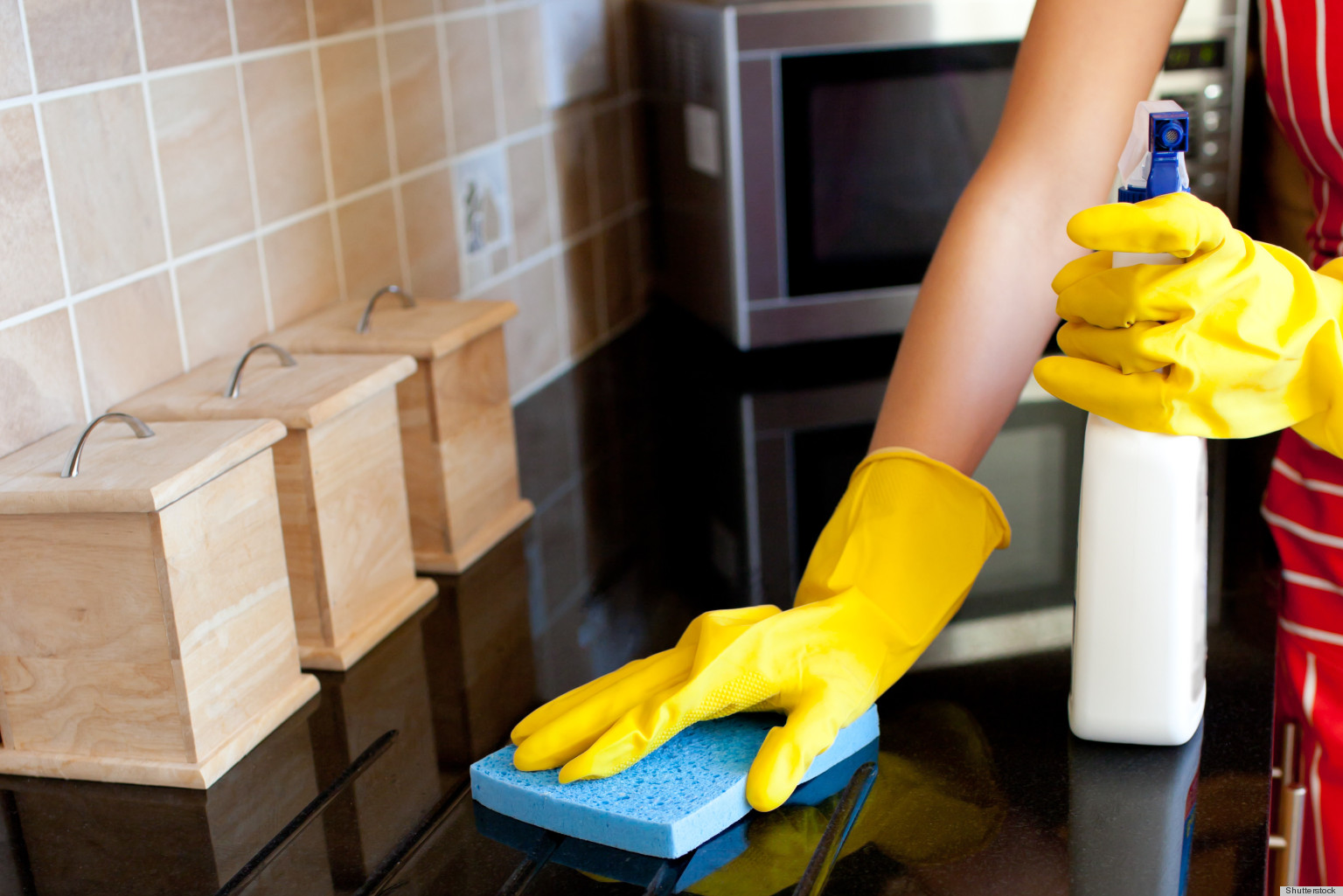

Kitchen Storage
The First Thing To Clean In A Kitchen: According To Cleaners
Modified: March 20, 2024
Discover the top kitchen storage ideas recommended by professional cleaners. Ensure a clean and organized kitchen with these expert tips.
(Many of the links in this article redirect to a specific reviewed product. Your purchase of these products through affiliate links helps to generate commission for Storables.com, at no extra cost. Learn more)
Introduction
Having a clean and organized kitchen is essential for any household. Not only does it create a welcoming environment, but it also ensures proper hygiene and food safety. When it comes to maintaining a clean kitchen, there are several areas that require your attention. From countertops to cabinets, each space plays a vital role in keeping your kitchen functional and clutter-free.
In this article, we will explore the importance of a clean kitchen and provide you with expert advice and strategies to effectively clean and organize each area. Whether you are a cooking enthusiast or someone who simply wants to improve the functionality of your kitchen, these kitchen storage ideas will help you make the most out of your space while keeping everything spotless.
So, let’s dive in and discover the key areas to focus on while cleaning your kitchen, the tools and supplies you’ll need, and step-by-step instructions for achieving a sparkling clean kitchen.
Key Takeaways:
- Maintain a regular cleaning routine to ensure a clean and organized kitchen, promoting food safety, mental well-being, and efficient meal preparation.
- Incorporate expert tips such as using natural cleaning agents, decluttering regularly, and preventing future messes to enhance your kitchen cleaning efforts.
Importance of a clean kitchen
A clean kitchen goes beyond just aesthetics. It is a crucial aspect of maintaining a healthy and safe living environment. Here are several reasons why keeping your kitchen clean should be a top priority:
- Food safety: A clean kitchen is essential for preventing foodborne illnesses. Bacteria and germs can thrive on countertops, cutting boards, and utensils, contaminating your food. By regularly cleaning and disinfecting these surfaces, you reduce the risk of cross-contamination and ensure the safety of the meals you prepare.
- Pest control: A dirty kitchen is a haven for pests such as flies, cockroaches, and rodents. These pests are attracted to food debris and can contaminate your food and spread diseases. By maintaining a clean kitchen, you can prevent infestations and protect your home.
- Efficiency and organization: A cluttered and disorganized kitchen can make meal preparation a daunting task. By keeping your kitchen clean and organized, you can save time and effort while cooking. Having designated spaces for utensils, cookware, and ingredients will make it easier to find what you need and streamline your cooking process.
- Mental well-being: A clean and tidy kitchen can have a positive impact on your mental health. Clutter and mess can contribute to feelings of stress and overwhelm. On the other hand, a clean and organized kitchen can provide a sense of calm and serenity, making cooking and spending time in the kitchen a more enjoyable experience.
To reap the benefits of a clean kitchen, it is important to establish a regular cleaning routine. By dedicating a few minutes each day to tidying up and incorporating deep cleaning sessions into your schedule, you can maintain a clean and welcoming kitchen environment.
Main areas to clean in the kitchen
When it comes to cleaning your kitchen, there are several key areas that require your attention. By focusing on these main areas, you can ensure a thorough and comprehensive cleaning routine. Here are the main areas to clean in the kitchen:
1. Countertops
The countertops in your kitchen are constantly exposed to spills, food particles, and bacteria. It is crucial to regularly clean and disinfect these surfaces to maintain a hygienic environment. Start by clearing off any items and wiping away loose crumbs or debris. Then, using a mild detergent or a mixture of water and vinegar, scrub the countertops with a sponge or cloth. Rinse thoroughly and dry with a clean towel. Consider using countertop sealers to protect the surface and make cleaning easier.
2. Sink and faucet
The sink and faucet are frequently used areas in the kitchen and can accumulate grime and food residue. To clean your sink, start by removing any dishes or utensils. Scrub the sink basin with a mixture of baking soda and water, focusing on any stains or buildup. Use a toothbrush to clean hard-to-reach areas around the drain. For the faucet, wipe down the surface with a damp cloth and use a toothbrush to remove any buildup around the base and handles. Finish by rinsing the sink and faucet with warm water and drying with a towel.
3. Stovetop and oven
The stovetop and oven can easily become greasy and dirty from cooking activities. For the stovetop, remove the burners and grates and soak them in warm, soapy water. While they soak, wipe down the stovetop surface with a mixture of baking soda and water. Scrub away any stubborn stains or grease. For the oven, start by removing the racks and soaking them in warm, soapy water. Use an oven cleaner to tackle any baked-on grease or residue inside the oven. Scrub the interior walls and floor, then wipe everything clean. Rinse the racks and dry before placing them back in the oven.
4. Refrigerator and freezer
Keeping your refrigerator and freezer clean is essential for food safety. Start by emptying the contents and discarding any expired or spoiled items. Remove shelves and drawers and wash them with warm, soapy water. Wipe down the interior walls and shelves with a mixture of water and vinegar. Pay special attention to seals and crevices where bacteria can hide. For the freezer, defrost it if necessary and clean it using the same method. Once everything is dry, restock your refrigerator and freezer with fresh and organized items.
5. Cabinets and drawers
Cabinets and drawers in the kitchen can accumulate dust, grease, and food particles over time. Empty each cabinet and drawer, and wipe down the interior surfaces with a damp cloth or sponge. Remove any sticky residue with a mixture of dish soap and water. For stubborn stains, use a baking soda paste. Clean the exterior surfaces as well, including handles and knobs. Before restocking your cabinets and drawers, take the opportunity to declutter and organize your kitchenware.
By regularly cleaning and maintaining these main areas in your kitchen, you can ensure a clean and inviting space for cooking and meal preparation.
Cleaning tools and supplies needed
Before you begin cleaning your kitchen, it’s important to gather the necessary tools and supplies to ensure an effective and efficient cleaning process. Here are the essential cleaning tools and supplies you’ll need:
1. Cleaning solutions:
Invest in a few key cleaning solutions to tackle various cleaning tasks in your kitchen. Some essential options include:
- All-purpose cleaner: Use this for general surface cleaning.
- Dish soap: Effective for removing grease and grime from dishes, utensils, and surfaces.
- Vinegar: A natural and versatile cleaning agent that can be used for various purposes, including descaling faucets and removing stains.
- Baking soda: Ideal for tackling tough stains and odors, such as in the oven or on countertops.
- Glass cleaner: Use this for streak-free cleaning of windows, mirrors, and glass surfaces.
2. Cleaning tools:
Having the right cleaning tools can make a significant difference in the effectiveness of your cleaning routine. Here are some essential tools to have on hand:
- Microfiber cloths: These are perfect for wiping and dusting various surfaces without leaving lint behind.
- Sponges: Use sponges, preferably with a scrubbing side, for scrubbing and cleaning surfaces.
- Toothbrush: Keep an old toothbrush for tackling small and hard-to-reach areas, such as around faucets or in crevices.
- Soft-bristle brush: Use this for cleaning delicate surfaces, such as glass or fine china.
- Rubber gloves: Protect your hands from harsh chemicals and hot water while cleaning.
- Broom and dustpan: Essential for sweeping up crumbs and debris from the floor.
- Vacuum cleaner: If your kitchen has carpeted areas, a vacuum cleaner is necessary for thorough cleaning.
3. Additional supplies:
Don’t forget about these additional supplies that can come in handy during your kitchen cleaning sessions:
- Trash bags: Have an ample supply of trash bags to dispose of any garbage or expired food.
- Labels and markers: Use labels and markers to organize containers and food items in the refrigerator or pantry.
- Storage containers: Opt for a variety of storage containers to keep leftovers and ingredients organized.
- Organizers: Consider using drawer dividers, shelf organizers, and spice racks to maximize storage space and keep everything in place.
- Ladder or step stool: If you have high cabinets or ceiling fixtures, a ladder or step stool will help you reach those difficult-to-access areas.
By having these cleaning tools and supplies readily available, you’ll be well-equipped to tackle even the toughest cleaning tasks in your kitchen. Remember to use proper safety precautions, such as wearing gloves, when handling cleaning solutions, and always follow the instructions on product labels.
Step-by-step guide to clean each area
Countertops:
1. Clear off the countertops, removing any items, appliances, or clutter.
2. Wipe away loose crumbs and debris using a dry cloth or paper towel.
3. Mix a mild detergent or a solution of water and vinegar.
4. Dampen a sponge or cloth with the cleaning solution and scrub the countertops thoroughly, paying attention to any stains or spills.
5. Rinse the countertops with clean water and wipe dry with a clean towel.
6. Consider using a countertop sealer to protect the surface and make future cleaning easier.
Sink and faucet:
1. Remove any dishes, utensils, or debris from the sink.
2. Rinse the sink with warm water to remove loose debris.
3. Create a paste using baking soda and water.
4. Use the paste to scrub the sink basin, focusing on any stains or buildup.
5. Use a toothbrush to clean hard-to-reach areas around the drain.
6. Wipe down the faucet with a damp cloth and use a toothbrush to remove any buildup around the base and handles.
7. Rinse the sink and faucet with warm water and dry with a towel.
Stovetop and oven:
1. Remove the burners and grates from the stovetop and soak them in warm, soapy water.
2. Clear the stovetop of any loose debris or crumbs.
3. Create a paste using baking soda and water.
4. Apply the paste to the stovetop surface and scrub away any stains or grease using a sponge or cloth.
5. Rinse the burners and grates and dry them thoroughly before placing them back on the stovetop.
6. For the oven, remove the racks and soak them in warm, soapy water.
7. Use an oven cleaner to tackle any baked-on grease or residue inside the oven.
8. Scrub the interior walls and floor of the oven and wipe everything clean.
9. Rinse the racks and dry before placing them back in the oven.
Refrigerator and freezer:
1. Empty the contents of the refrigerator and freezer.
2. Discard any expired or spoiled items.
3. Remove shelves and drawers and wash them with warm, soapy water.
4. Wipe down the interior walls and shelves with a mixture of water and vinegar, paying attention to seals and crevices where bacteria can hide.
5. For the freezer, defrost it if necessary and clean it using the same method.
6. Once everything is dry, restock your refrigerator and freezer with fresh and organized items.
Read more: 10 Things You Can Clean With The Pink Stuff
Cabinets and drawers:
1. Empty each cabinet and drawer, removing all items.
2. Wipe down the interior surfaces with a damp cloth or sponge.
3. Use a mixture of dish soap and water to remove any sticky residue.
4. For stubborn stains, create a paste with baking soda and water, and scrub the affected areas.
5. Clean the exterior surfaces, including handles and knobs.
6. Before restocking your cabinets and drawers, take the opportunity to declutter and organize your kitchenware.
By following these step-by-step instructions, you can effectively clean and maintain each area of your kitchen, ensuring a sparkling and organized space for cooking and meal preparation.
Expert tips and recommendations
When it comes to cleaning your kitchen, there are some expert tips and recommendations that can help you achieve the best results. Here are some insights from seasoned cleaning professionals:
1. Establish a cleaning routine:
Consistency is key when it comes to keeping your kitchen clean. Establish a regular cleaning routine that works for you and stick to it. Whether it’s a daily wipe down or a weekly deep cleaning session, having a consistent schedule will help you maintain a clean and organized kitchen over the long term.
2. Use natural cleaning agents:
If you prefer to use natural cleaning agents, there are several options that can be just as effective as commercial cleaners. Vinegar, baking soda, and lemon juice are great natural alternatives that can tackle tough stains and odors without harsh chemicals. They are also safer for the environment and your health.
3. Pay attention to details:
When cleaning your kitchen, pay attention to the often overlooked details. Clean the top of the refrigerator, remove and wash the range hood filter, and wipe down the backsplash. These small details can make a big difference in the overall cleanliness and appearance of your kitchen.
4. Declutter regularly:
Clutter can make your kitchen appear messy and disorganized. Take the time to regularly declutter your countertops, cabinets, and drawers. Donate or discard items you no longer use and find proper storage solutions for the essentials. This will not only improve the visual appeal of your kitchen but also make cleaning easier and more efficient.
5. Prevent future messes:
Prevention is key when it comes to keeping your kitchen clean. Use splatter screens while cooking to minimize grease buildup. Line your oven with aluminum foil or use oven liners to catch drips and spills. Place mats or trays under cutting boards and dish racks to catch any excess water. By taking these proactive measures, you can prevent future messes and make cleaning less challenging.
6. Seek professional help when needed:
If you find yourself overwhelmed or unable to dedicate enough time to clean your kitchen thoroughly, don’t hesitate to seek professional help. Hiring a cleaning service can give you peace of mind knowing that your kitchen will be expertly cleaned and maintained.
By incorporating these expert tips and recommendations into your cleaning routine, you can achieve a cleaner, healthier, and more enjoyable kitchen space. Remember, a clean kitchen is not only visually appealing but also contributes to a healthier and more efficient cooking experience.
Conclusion
A clean and organized kitchen is more than just a visually appealing space – it plays a crucial role in maintaining a healthy and functional environment for cooking and meal preparation. By focusing on key areas such as countertops, sink and faucet, stovetop and oven, refrigerator and freezer, and cabinets and drawers, you can ensure that every part of your kitchen remains clean and clutter-free.
With the step-by-step guide provided in this article, you have the tools and knowledge to effectively clean each area of your kitchen. Remember to gather the necessary cleaning tools and supplies, establish a regular cleaning routine, and pay attention to details to achieve the best results. Incorporating expert tips such as using natural cleaning agents, decluttering regularly, and preventing future messes will further enhance your cleaning efforts.
Keep in mind the importance of food safety, pest control, efficiency, and mental well-being that come with a clean kitchen. By maintaining a clean and organized kitchen space, you are creating a welcoming environment for your family and guests, ensuring the safety of your meals, and making your cooking experience more enjoyable.
So, roll up your sleeves, put on your favorite cleaning playlist, and start transforming your kitchen into a spotless and functional space. With a little effort and consistency, you can achieve a kitchen that not only looks amazing but also supports your culinary adventures.
Frequently Asked Questions about The First Thing To Clean In A Kitchen: According To Cleaners
Was this page helpful?
At Storables.com, we guarantee accurate and reliable information. Our content, validated by Expert Board Contributors, is crafted following stringent Editorial Policies. We're committed to providing you with well-researched, expert-backed insights for all your informational needs.

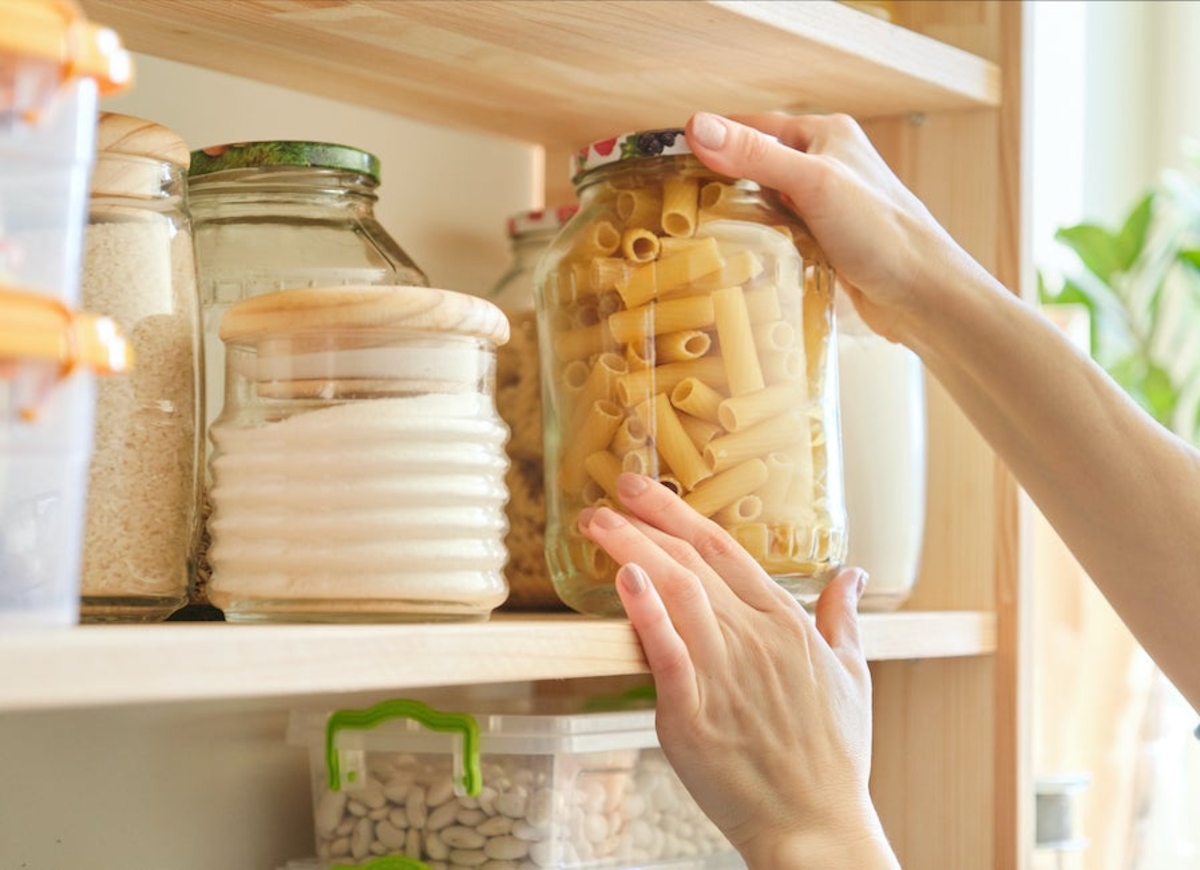


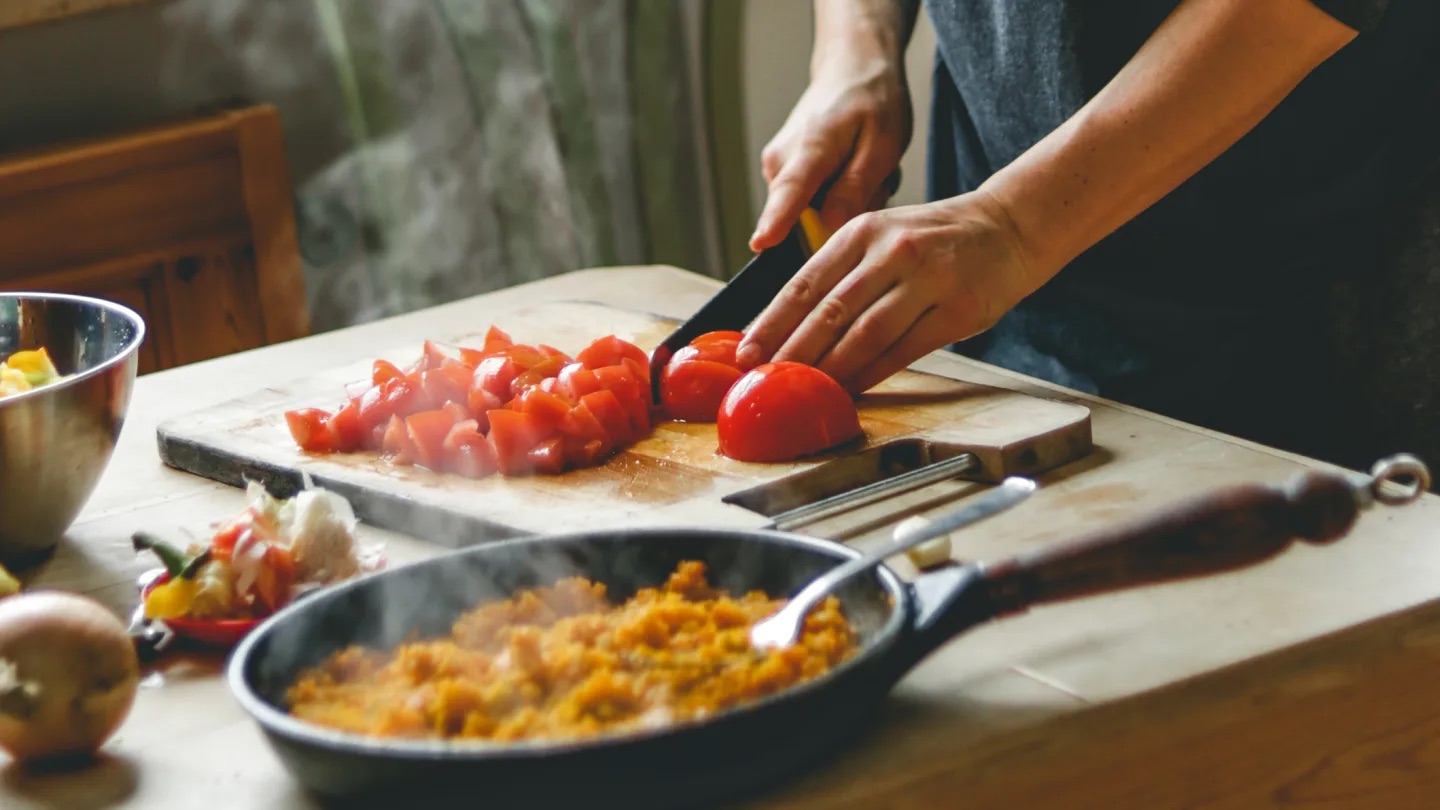
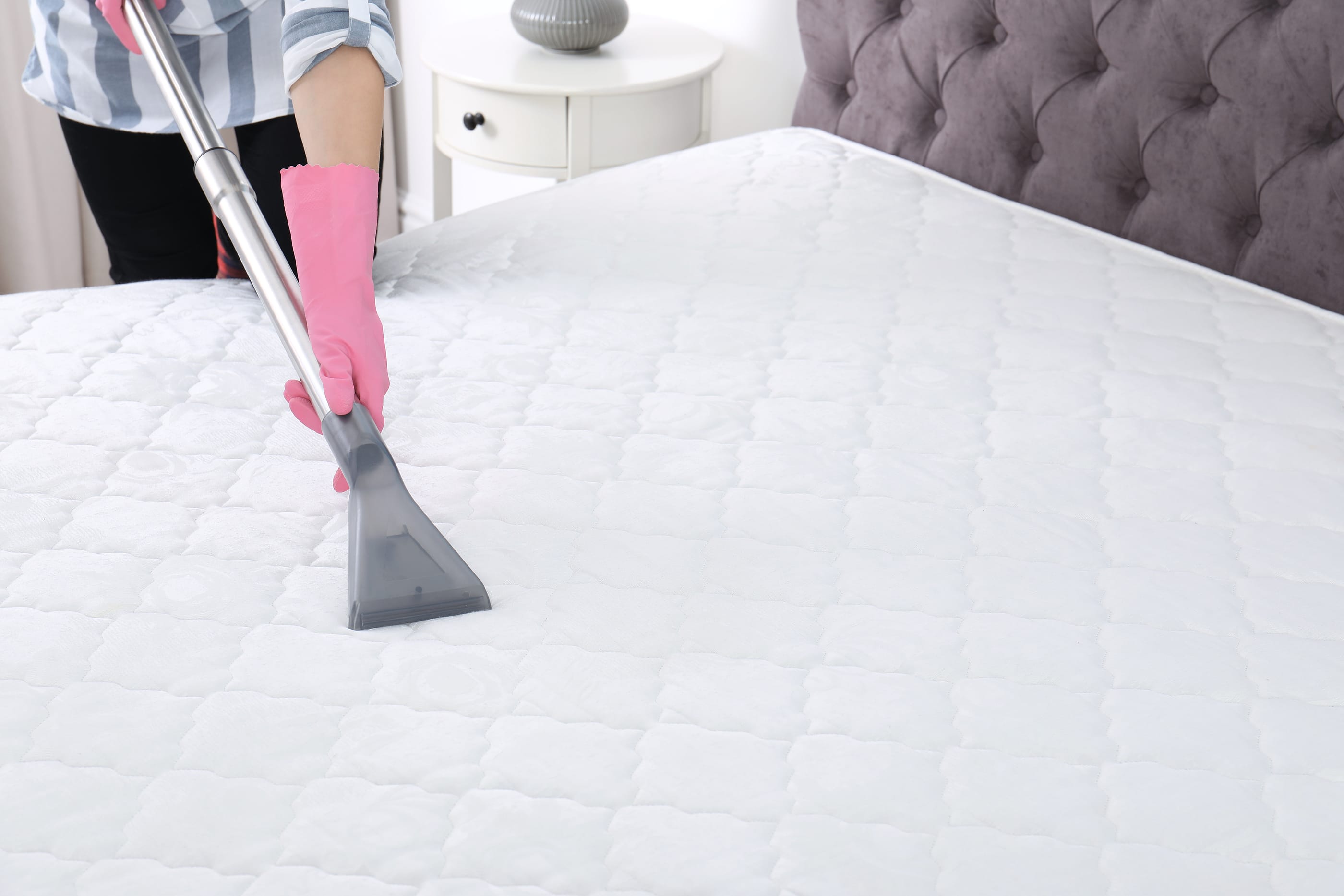
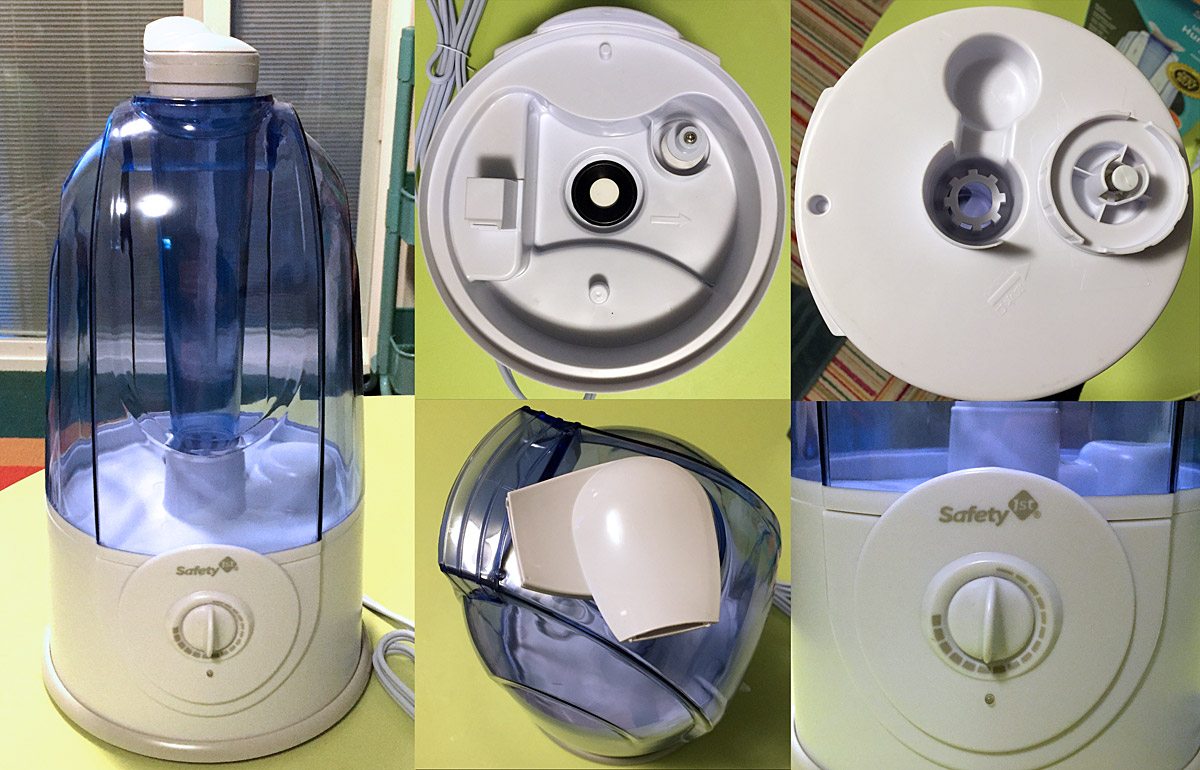
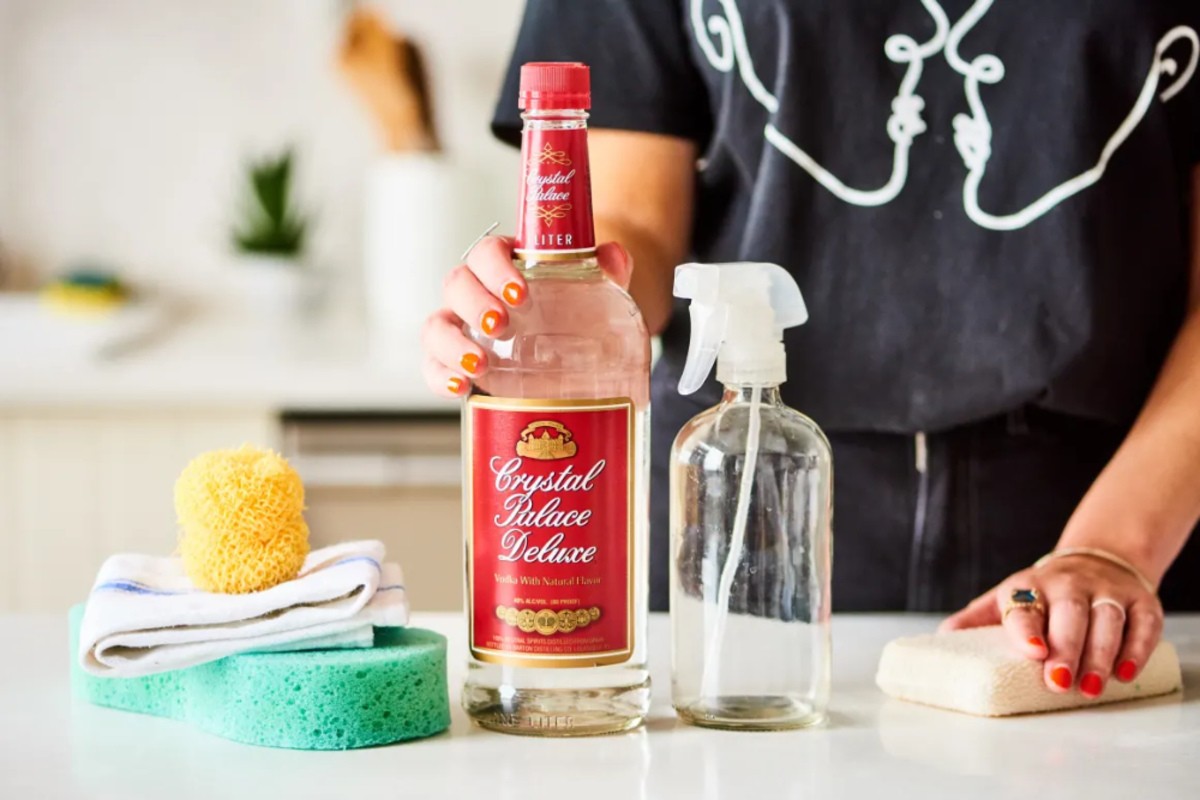
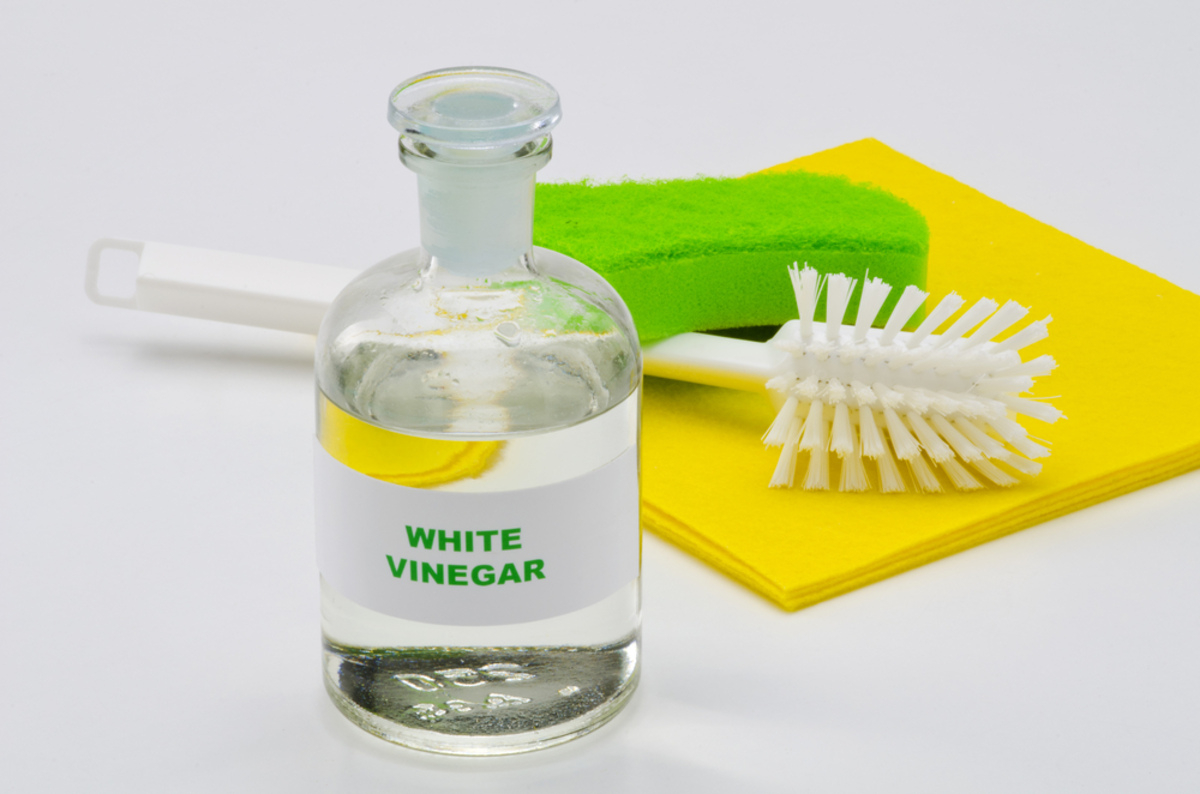

0 thoughts on “The First Thing To Clean In A Kitchen: According To Cleaners”